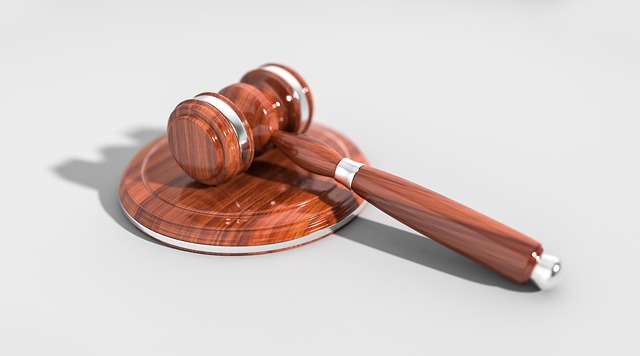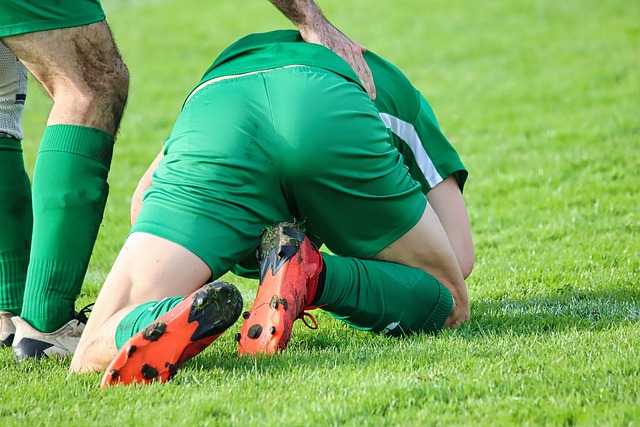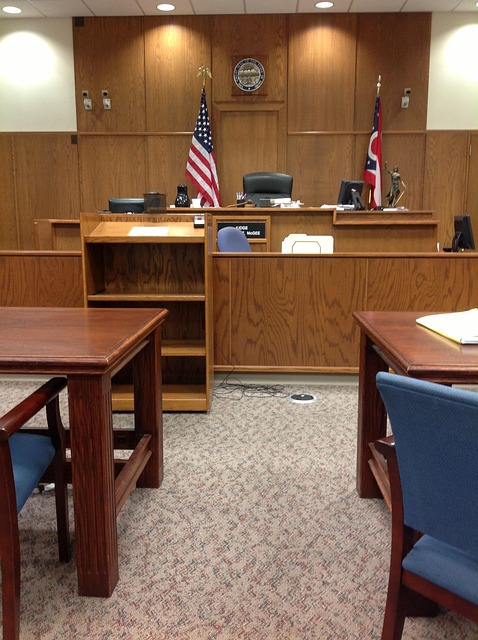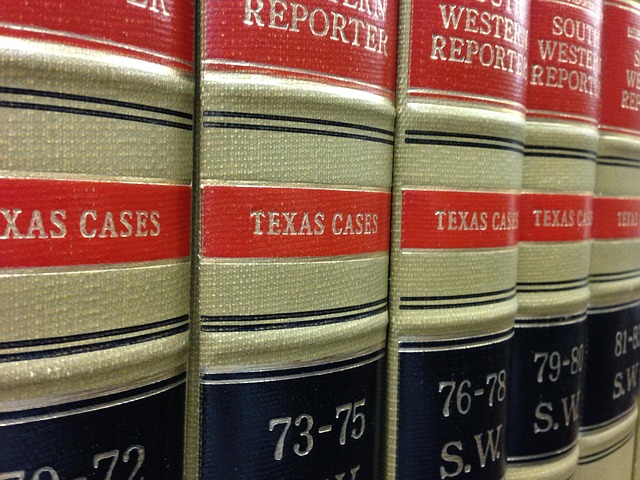In personal injury cases, defendants challenge plaintiffs' injuries and seek to minimize financial liability by scrutinizing medical records, witness statements, and other evidence. Plaintiffs require a well-prepared legal team to present compelling evidence, including comprehensive medical records, expert opinions, and accurate accident scene documentation. This is especially critical in complex cases where discrepancies between expert testimonies and physical evidence exist, demanding a meticulous approach and rigorous evaluation of expert witnesses to ensure fair compensation for sustained harm.
In personal injury cases, presenting compelling evidence is crucial. However, when the defense disputes this evidence, it can create a complex legal scenario. This article delves into the heart of this challenge, exploring the defense’s perspective on personal injury evidence and strategic approaches to counter their arguments. We examine key strategies for presenting overwhelming evidence, focusing on when expert testimonies differ from physical proof, guiding victims through navigating these legal battles effectively.
- Understanding the Defense's Perspective on Personal Injury Evidence
- Key Strategies for Presenting Overwhelming Personal Injury Evidence
- Navigating Legal Battles: When Expert Testimonies Differ from Physical Evidence
Understanding the Defense's Perspective on Personal Injury Evidence
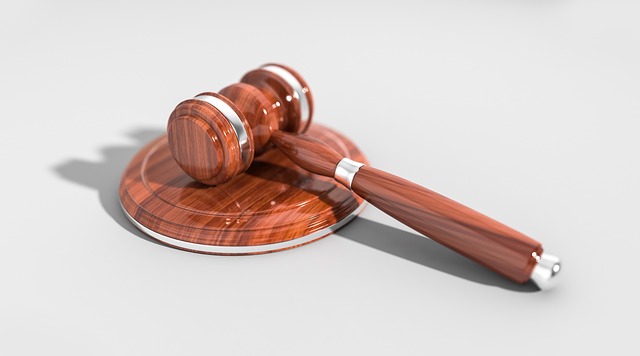
In any personal injury case, the defense’s strategy often revolves around challenging the validity and extent of the plaintiff’s injuries. They may argue that the injuries are not as severe or significant as claimed, or even dispute their occurrence entirely. This perspective is driven by a desire to protect their client’s interests and minimize financial liability. The defense will scrutinize medical records, witness statements, and any other relevant evidence to support their position. They might assert that pre-existing conditions have contributed to the injuries, or question the credibility of medical professionals’ assessments. Understanding this defensive stance is crucial for plaintiffs and their legal representation when navigating homeowner insurance claims or complex cases like truck accidents.
This strategy often involves a detailed analysis of the circumstances surrounding the injury. For instance, in a truck accident lawyer’s hands, the defense might try to depict the incident as a minor fender bender with no long-term effects, despite substantial medical bills and ongoing treatment. Such tactics require a well-prepared legal team equipped to counter these arguments with compelling evidence and expert opinions, ensuring that personal injury victims receive fair compensation for their sustained harm.
Key Strategies for Presenting Overwhelming Personal Injury Evidence
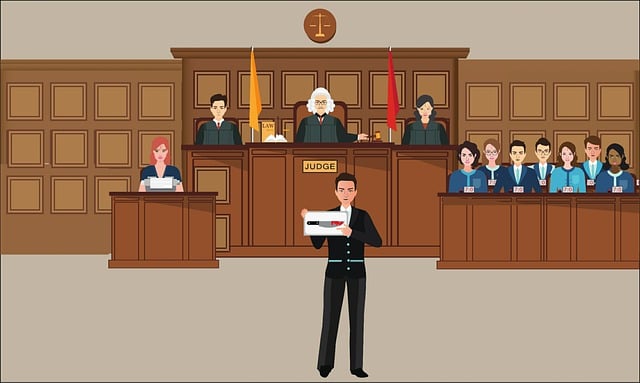
In the realm of personal injury claims, presenting compelling evidence is paramount to securing a favorable outcome. When the defense disputes the severity or existence of injuries, claimants must employ strategic tactics to showcase the truth. The first step involves gathering comprehensive medical records, including detailed reports from treating physicians and specialists. These documents provide irrefutable proof of the extent of the injuries, treatment plans, and recovery progress.
Additionally, obtaining credible witness statements and expert opinions can significantly strengthen the case. Accurate documentation of the accident scene, along with expert testimony regarding the cause and impact, serves as a powerful tool to counteract defense arguments. In cases of medical malpractice or breach of contract related to personal injuries, ensuring these records are meticulously organized and presented in court can lead to more favorable accident settlements.
Navigating Legal Battles: When Expert Testimonies Differ from Physical Evidence
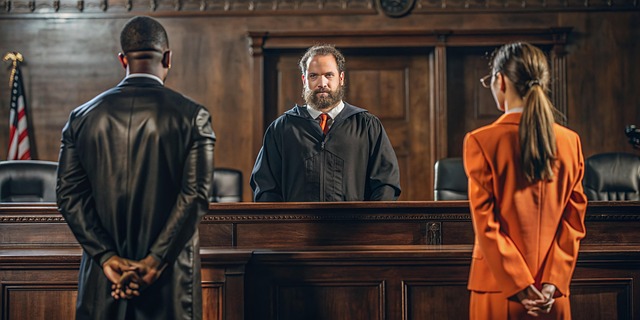
In personal injury cases, especially those involving complex or unusual circumstances like slip and fall injuries or wrongful death claims, navigating legal battles can be intricate. One such challenge arises when expert testimonies differ from the physical evidence presented in court. For instance, in partnership disagreements where one party alleges an injury due to another’s negligence, the truth may lie in the interpretation of medical reports and specialist opinions. This scenario demands a meticulous approach, as both sides scrutinize each other’s evidence.
Expert witnesses are crucial in these cases, offering professional insights that can sway the jury’s decision. However, when expert opinions vary widely from the observable facts, it raises questions about the reliability of the evidence. Jurors must consider the methodology and credentials of each expert, evaluating their testimonies critically. In situations like these, a thorough understanding of the law and the evidence becomes essential for all parties involved, ensuring a fair outcome in what could be an emotionally charged and complex legal dispute.
When disputes arise over personal injury evidence, it’s crucial to understand both perspectives. The defense may challenge claims based on their interpretation of the facts, while plaintiffs must present compelling and overwhelming evidence to prove their case. Effective strategies, including robust expert testimonies that align with physical evidence, are essential for navigating these legal battles successfully. By carefully considering each aspect of personal injury evidence, parties can ensure a fair outcome.
